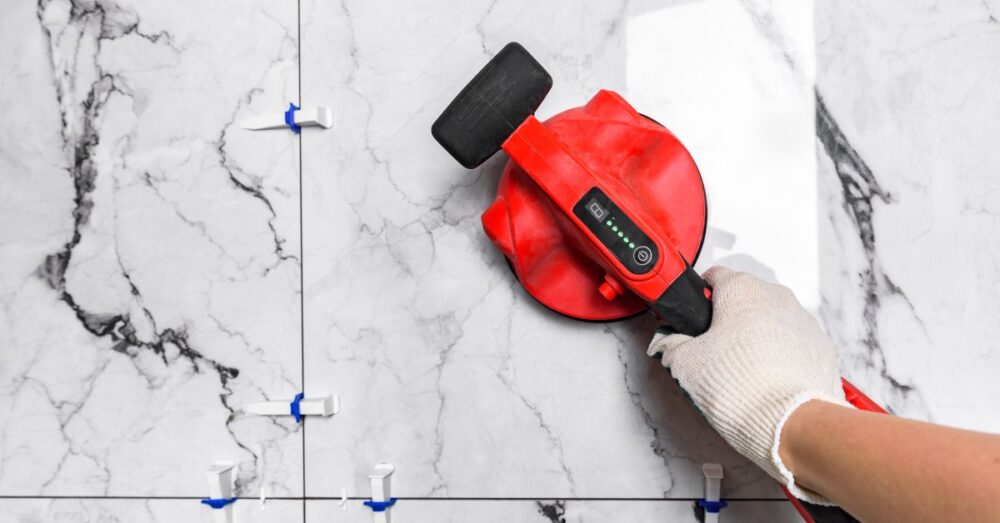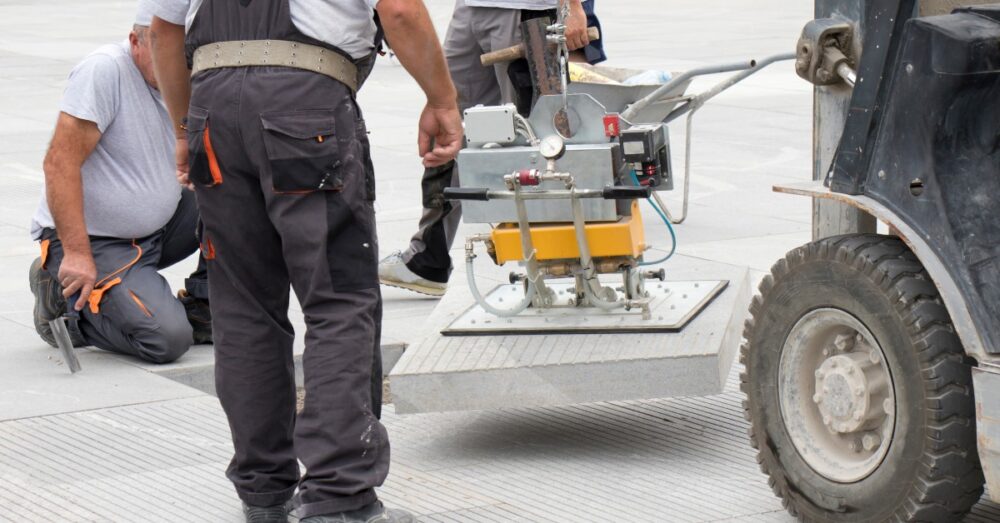8 Tips for Choosing Material Handling Equipment

The right tools are crucial when handling materials like stone and tile. Here, we offer tips for finding the ideal material handling equipment for your job.

The right tools are crucial when handling materials like stone and tile. Here, we offer tips for finding the ideal material handling equipment for your job.

The safe handling of heavy and delicate stone slabs and tiles requires reliable tools. We explain the types of lifting equipment for material handling here.

Whether you’re in the stone-cutting, tiling, construction, or home-remodeling industry, effectively handling stone slabs is crucial to success and stone slab lifter safety. But safely moving these large stone slabs and their immense weight is easier said than done. To move these slabs, workers use lifters of many kinds that can handle hundreds and thousands […]